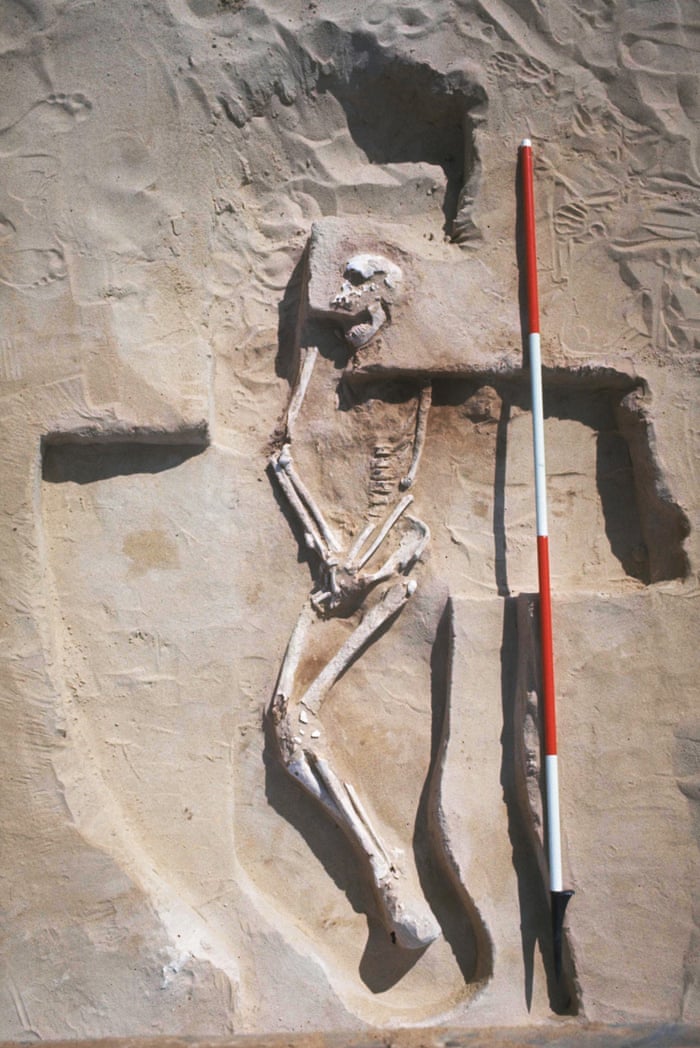BruceF
The Force is Strong With This One
If 780K years ago was the split of modern humans from the common ancestor with Neanderthals/Denisovans, then it might relate to what the Cs called a mixing of Nordic genes with the Neanderthal gene pool already on earth. This could be more neoteny even if it wasn't the original neoteny related split.
If by Nordic they refer to the Pleiadian alliance of worlds, then yes it would be exactly that, this splicing and modification of existing genes occurred just before the new types of hominin lineages began (including Neanderthal and Denisovans) at 780Kya. Some of the tall bluish Pleiadians are occasionally mistaken for being of Nordic appearance from what I have found in Ufology literature. I am saying this very much off the cuff in a way with no supporting evidence, but that is because I have already supported this argument with evidence in my wife's book so I feel comfortable just throwing it out there despite how nuts it may sound. I believe we are the first people to give solid science for this specific claim - that Pleiadians created large-brained humans, and that Pleiadians are a legitimate type of ET that visited this planet in a physical sense in remote prehistory. I am doubtful any of them are still physical now.








